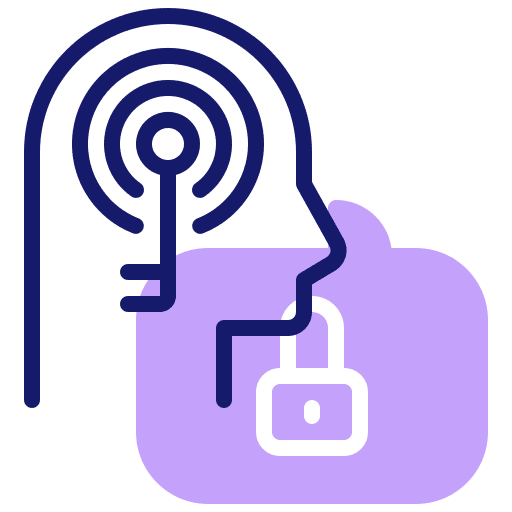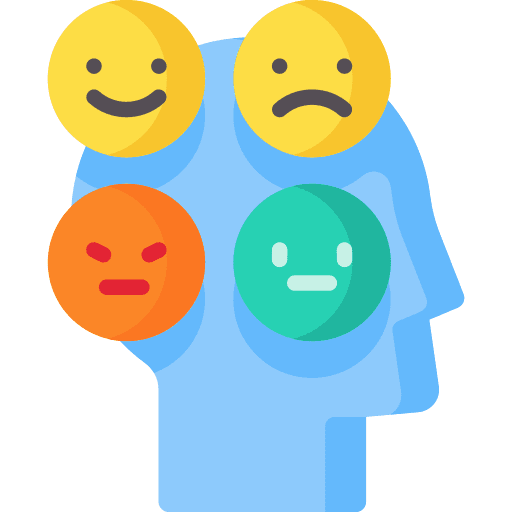
The Future Of Mental Health Is Here
About MindReset
The MindReset App is a revolutionary new way to train your subconscious mind. Built using ground-breaking eye tracking software, just like my research and findings, this approach reads your thought process based on your body language and interupts the signals to allow you to clear your EMI.
Why MindReset
During my years of research i’ve always been looking for ways to make my findings accessible to the masses, in a cheap and convenient format. That’s where MindReset comes in. With cutting-edge technology improving by the day and communication devices in all of our hands, we have been able to combine the basic prinicples of my practices in a way that can help everyone.
The Science
Eye Movement is key to short and effective therapy
Eye Movement Desensitization and Reprocessing (EMDR) is a psychotherapy treatment that was originally designed to alleviate the distress associated with traumatic memories (Shapiro, 1989a, 1989b). Shapiro’s (2001) Adaptive Information Processing model posits that EMDR therapy facilitates the accessing and processing of traumatic memories and other adverse life experience to bring these to an adaptive resolution. After successful treatment with EMDR therapy, affective distress is relieved, negative beliefs are reformulated, and physiological arousal is reduced. Shapiro (1995, 2001) hypothesizes that EMDR therapy facilitates the accessing of the traumatic memory network, so that information processing is enhanced, with new associations forged between the traumatic memory and more adaptive memories or information. These new associations are thought to result in complete information processing, new learning, elimination of emotional distress, and development of cognitive insights.
Repeated studies show that by using EMDR therapy people can experience the benefits of psychotherapy that once took years to make a difference. It is widely assumed that severe emotional pain requires a long time to heal. EMDR therapy shows that the mind can in fact heal from psychological trauma much as the body recovers from physical trauma. When you cut your hand, your body works to close the wound. If a foreign object or repeated injury irritates the wound, it festers and causes pain. Once the block is removed, healing resumes. EMDR therapy demonstrates that a similar sequence of events occurs with mental processes. The brain’s information processing system naturally moves towards mental health. If the system is blocked or imbalanced by the impact of a disturbing event, the emotional wound festers and can cause intense suffering. Once the block is removed, healing resumes. Over 100,000 clinicians throughout the world use the therapy. Millions of people have been treated successfully over the past 25 years..
Memory Reconsolidation Interference as Treatment for Emotional Disorders
Memories with a strong emotional connotation play a pathogenic role in a variety of emotional disorders, including anxiety disorders, post-traumatic stress disorder (PTSD), addiction, and depression (Brewin 2011, Kindt 2014, Milton & Everitt 2012, Williams et al. 2007). What if it were possible to alleviate the burden imposed by those memories by taking a pill or by another simple intervention that would somehow help us to permanently forget them or strip them of their emotional charge?
Remarkably, perhaps, it has been known for almost 50 years that it is possible to induce post-retrieval amnesia, that is, selective amnesia for a previously established fear memory in the lab (Misanin et al. 1968). Yet, the clinical potential of this finding for the treatment of emotional disorders was not recognized for another 30 years (Nader et al. 2000, Przybyslawski et al. 1999), and empirical translation to humans of this kind of amnesia for emotional memory, often referred to as memory reconsolidation interference, did not occur until just over a decade ago (Kindt et al. 2009). An extensive presentation of the historical overview of basic research on emotional memory reconsolidation and the ways it can supposedly be interfered with, as well as a review of findings from clinical studies that have tried to translate the principle of memory reconsolidation interference to the treatment of emotional disorders can be found here
Split-second Unlearning – A rapid way to clear fear
Like other theories of mind, the SSU model provides a scaffold to support potential explanations of physical ill health. The model combines several psychological and neurological theories to offer a new perspective on the treatment of common mental health issues such as stress and anxiety, as well as more nebulous conditions, such as unexplained pain or fibromyalgia (i.e., chronic primary pain). In brief, SSU proposes that a traumatic past experience is linked with a physiological response.
When a person encounters subsequent ‘reminders’ of that experience, consciously or unconsciously, that physiological response is re-triggered. Over time, the cumulative effect of this low-level yet persistent physical and psychological stress leads to a wide range of symptoms. If the connection between the trigger memory, or ‘reminder’, and the response can be severed, then the symptoms may improve. Having the ability to neutralize a traumatic memory and its associated stress response has significant implications for an individuals’ allostatic load (Peters et al., 2017) and consequently for a wide range of physical and mental health conditions.
MindReset App as an Eye Movement based Emotional Memory Reconsolidation Interference
In the MindReset app we implement a method we have developed over the past 25 years with tried and tested behavioural change work in private practice. A method we call Split Second Unlearning (SSU), which is based on a process of “unlearning” traumatic responses at the speed in which they were originally created. This is achieved by use of eye tracking to detect the eye pattern of the emotional memory access, followed by destabilization of the emotional memory, then interruption of the eye movement patterns causing a memory reconsolidation interference and finally reassessment of the eye patterns to ensure the intervention was successful.

Biofield Science
The Biofield stores emotional experiences and as we go through life, memories, traumas and limiting beliefs create energetic imprints

External Screen Model
The External Screen Model answers ‘WHY’ our neurology reacts the way it does

Sub-Conscious Mind
The subconscious mind is a database of past experiences that regulates our thoughts and behaviour

General Adaption Syndrome
There are three distinct stages of response to stress.
Stage three can be common and deadly

Non-Verbal Communication
Non-verbal communication accounts for as much as 93% of your
communication with others

Academic Papers
Dive into my academic articles to learn how I am staying at the cutting edge of science to better understand your mind


